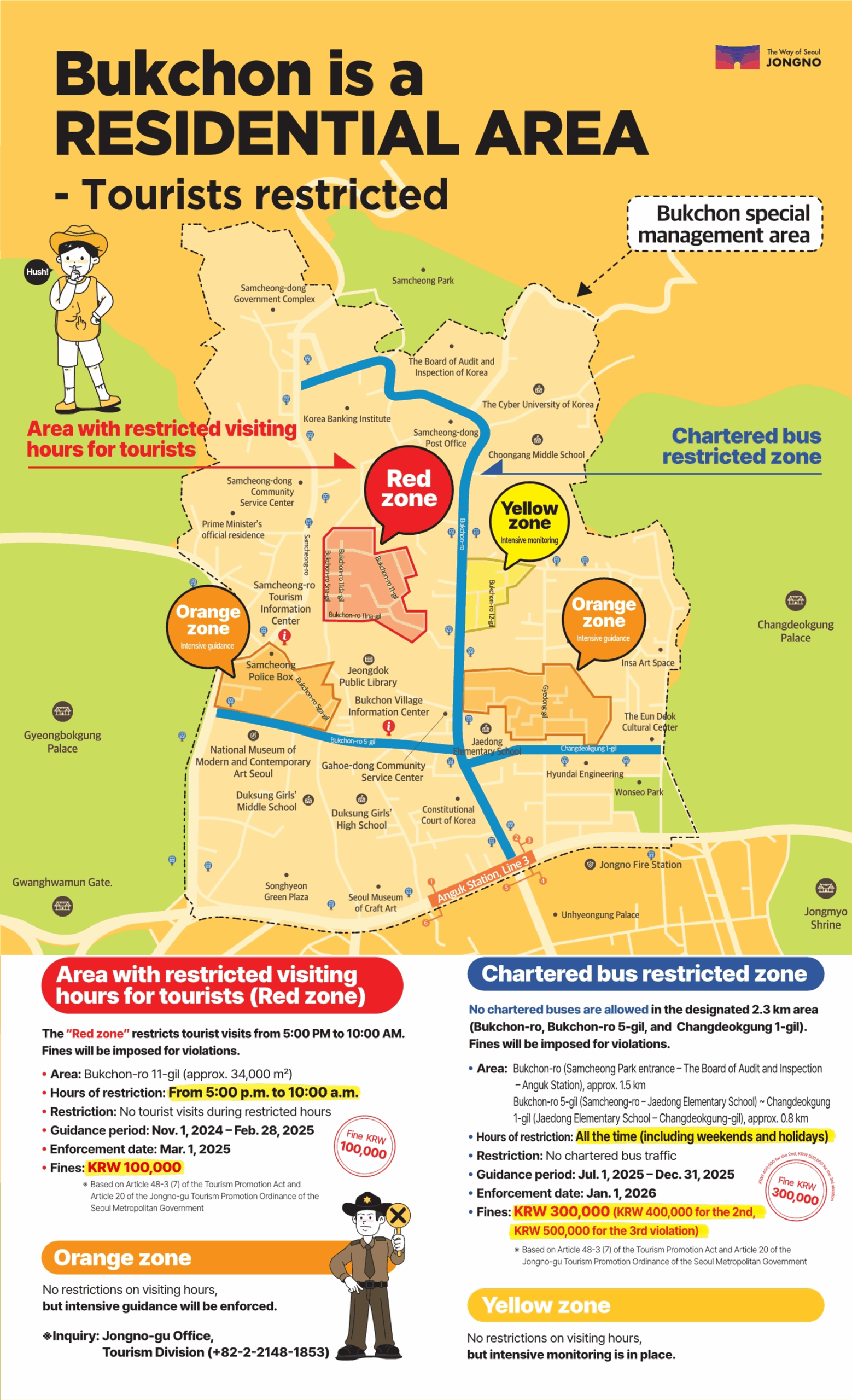Note: This article pertaining to Hanoks: A Way to Possibly Reduce Lodging Costs in Seoul was originally published on Thursday, October 16, 2014 at 9:10 in the morning and has been updated.
If you are heading to Seoul and do not want to pay what seems to be a high cost when it comes to lodging, you could consider staying in a hostel or a no-name hotel property where you have no idea what your experience will be like…
…or you can stay in a hanok.
Hanoks: A Way to Possibly Reduce Lodging Costs in Seoul

A hanok is a traditional house in Korea — similar to a ryokan in Japan. I enjoyed staying at a ryokan in the Asakusa district of Tokyo years ago; so I thought I would try staying at a hanok in Seoul.

In Seoul, the most famous of the hanok villages is the Bukchon Hanok Village. Some hanoks are greater than 100 years old; and some far older than that. There was a time when hanoks appeared to be endangered due to the construction of modern buildings; but preservations efforts saved the remaining ones in Seoul.
You can see that many of the hanoks follow similar architectural styles — such as tiled roofs — although the roofs of some hanoks may be shingled or thatched. The materials of the hanks themselves are comprised from environmentally friendly sources to be in harmony with nature — such as earth, wood, and stone for the walls; and paper in the window areas.
I was fortunate enough to find a hanok for $61.00 through Expedia.com — $73.74 in total with all taxes and fees included — of which you can read about my experience in this article…
…but since I stayed in a hanok while the weather was still warm, I was not able to test the ondol, or the ancient heating system used to not only warm the floors of a hanok from the heat generated either from the kitchen or a type of fireplace, but also the floors of the palaces from hundreds of years ago.
A reservation at a hanok includes a room — meaning a square of four walls, a ceiling and a floor — decorated with traditional Korean art and artifacts. The bathroom facilities — which are in its own separate room — are usually shared with other guests. A continental breakfast — typically with food items such as dry cereal, toast, jelly, milk, juice, and Korean noodles — is usually included. You can also use the laundry facilities free of charge at some hanoks. You must remove your shoes before you enter any room in a hanok in order to help keep the floor clean — and guests are required to wear slippers, which are provided by the management of the hanok.
A courtyard or a garden is typically included within the hanok, which is meant to encourage peaceful relaxation and meditation. Seating is usually provided.
Even though some hanoks may be old, they may also be renovated and could include modern conveniences such as air conditioning.
Realize that not all hanoks are lower cost. Some can cost as much as a typical hotel room, which could be greater than $200.00 per night. You have to shop around for a lower room rate at a hanok — preferable well in advance.
Be Aware of New Restrictions For Tourists
As Bukchon is a residential area, tourists are currently not permitted to visit certain areas of Bukchon during certain hours. Fines of 100,000 South Korean Won — which is slightly greater than $70.00 in United States dollars — are imposed for violations.

The aforementioned restrictions became effective as of Saturday, March 1, 2025, with a guidance period preceding it that began on Friday, November 1, 2024.
Final Boarding Call

Some Internet travel agencies will list hanoks which are available for reservations; while others can be reserved through different South Korean Internet web sites.
If you are looking to reduce costs in Seoul by possibly save some money on lodging — and learn about the Korean way of life in the process — you might want to consider staying in a hanok for at least one night.
All photographs ©2014 by Brian Cohen.

